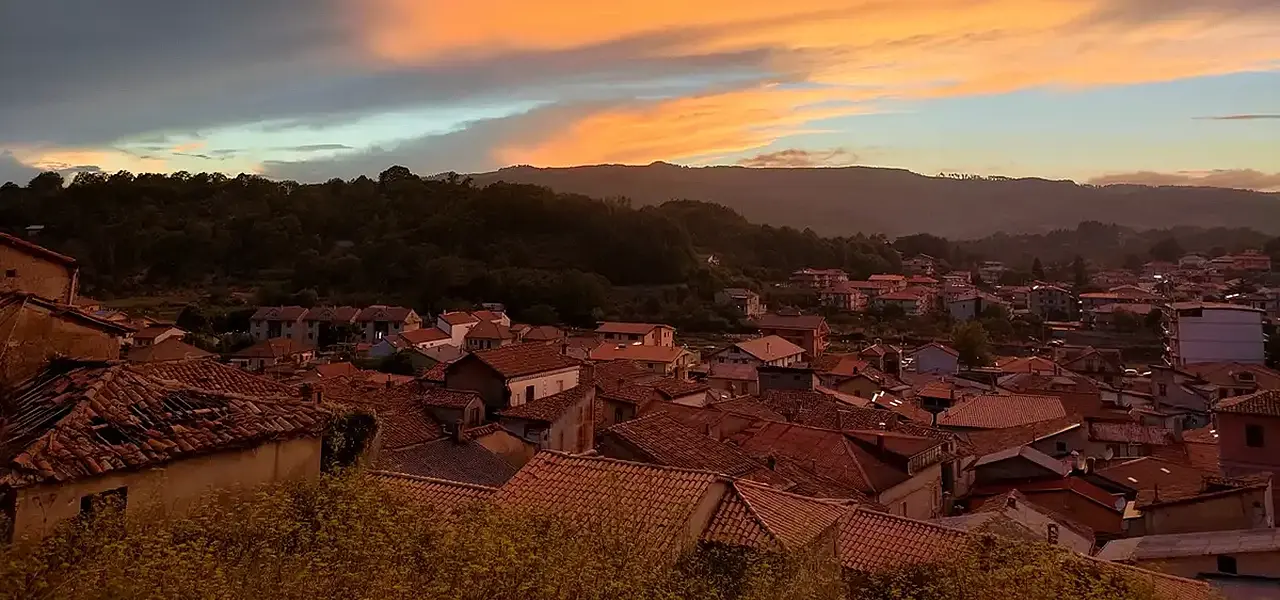






The Road of the Calabrian Greenhouses - Cardinal
The scenic arched bridge over the Ancinale is the calling card of a town that has much to tell

Where
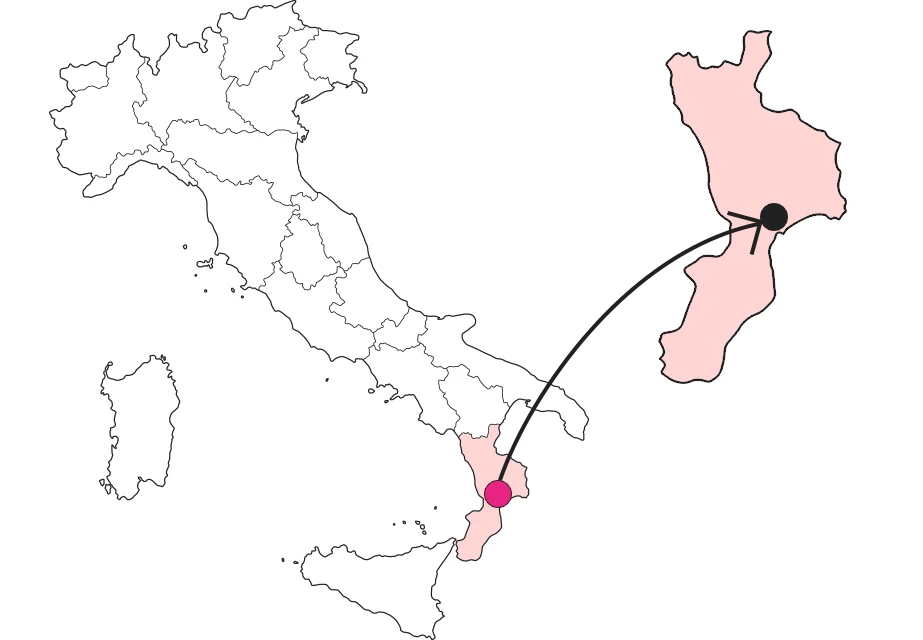
From hillside olive groves to the beech forests of the Serre.
Cardinale, 560 meters above sea level, 1778 inhabitants, is a municipality in the middle Ancinale Valley, against the backdrop of the wooded ridge that aligns mountains Burilli (m 1178), Celiti (m 1077) and Cuscunà (m 952). The historic center is drawn on the slope that slowly rises on the right side of the river while the more recent districts have found space on the opposite bank. All around, the intensely cultivated basin, in recent decades mainly hazelnuts, at a record level. Looking up beyond the belt of olive trees, oak and chestnut woods, which then give way to the beautiful beech forests, interspersed with the remunerative but incongruous conifer reforestations.
A center that has always looked to the mountains
The earliest settlements may date back to 4,000 B.C., a hypothesis supported by archaeological finds dating from the Paleolithic and Neolithic periods. Signs of the presence of Romans and Greeks remain especially in the toponymy. The example of the Lacina plateau, which refers to the pagan deity of the same name , venerated as the protector of pastures, first and foremost, but also of women and the family, is worth mentioning. Uncertain, however, is the interpretation of the toponym Cardinale, which some refer to the Latin cardinalis, due to the centrality of the village in the valley, thinking of the four fundamental points on the horizon, and others associate instead with the verb cardare, or wool processing and sheep farming.
The golden season of the Bourbon ironworks
Cardinale is one of the most interesting historic centers of the Serre, flourishing to the point of boasting a population of four thousand when its ironworks, between the eighteenth and nineteenth centuries, reached its peak development with the Filangeri ironworks industry. It was a golden season, to which the historic center bears material witness: paved streets and ancient fountains, squares with churches and religious monuments, aristocratic palaces with carved stone portals, olive and orange trees benefited by a felicitous climate, but also ruins, a reminder of the earthquakes that raged over the territory.
Behind the neoclassical facade the memory of the earthquake
The Matrix Church, named after St. Nicholas of Bari, overlooks Piazza Umberto I. Documented as early as the first half of the 16th century, it stands today with its facade rebuilt in neoclassical forms after the catastrophic earthquake of 1783. The three-aisled interior deserves attention for the series of statues of saints that give credit to the local in wood carving. First in parish consideration is that of the patron saint St. Nicholas, who is carried in procession on the last Sunday in May, the first act of a festival that also includes a fair, shows and fireworks. This is followed by Our Lady of Mount Carmel, St. Vincent, St. Sebastian, St. Roch, St. Anthony, St. Joseph... each with its own moment of religious jubilation and entertainment.
The unsuspected beauty of a concrete bridge.
A characteristic presence in Cardinale's scenery is the so-called Three Arches Bridge, a structure in its own way historic dating back to the early 20th century. The spans are punctuated by parabolic concrete arches that give the structure its modern beauty. The construction of a new bridge made it possible to close the now century-old one to traffic, promptly raised to a pedestrian island in continuity with the riverfront promenade.
Enter the Map of Italy's Undiscovered Wonders and find treasures where you least expect it... Inspire, Recommend, Share...
The Map thanks:
PSC 2014-2020 del Ministero del turismo - Avviso “Montagna Italia” - Progetto le Montagne del sole - Codice CUP J38J22000450008

In the Community
Enter the Map of Italy's Undiscovered Wonders and find treasures where you least expect it... Inspire, Recommend, Share...
On the Calabrian Serre Road
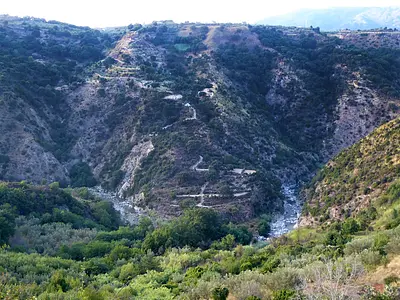
INTRODUZIONE
On the Calabrian Serre Road
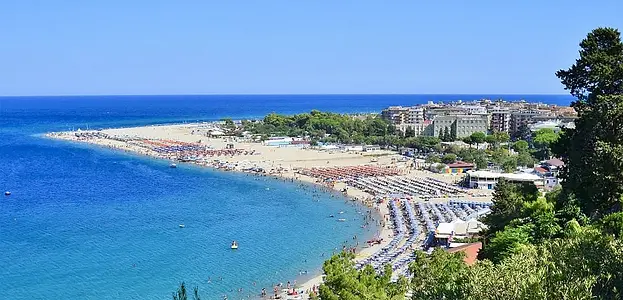
2 di 7
The Road of the Calabrian Greenhouses - Soverato
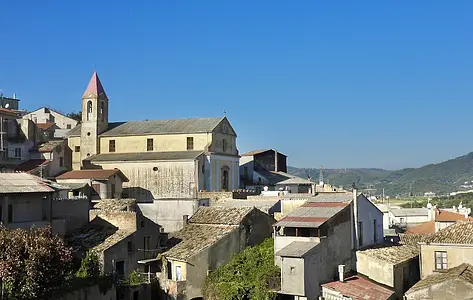
3 di 7
The Road of the Calabrian Greenhouses - Gagliato
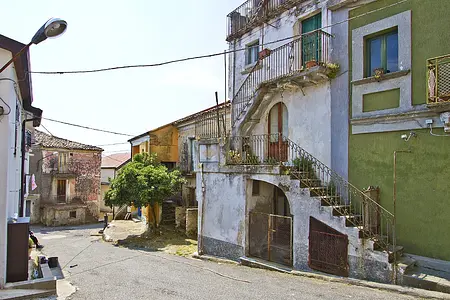
4 di 7
The Road of the Calabrian Greenhouses - Argusto
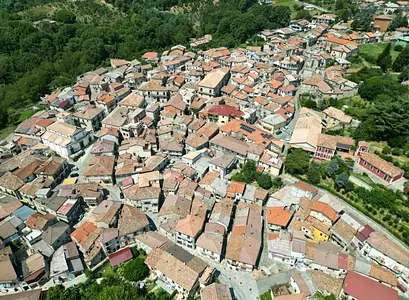
5 di 7
The Road of the Calabrian Serre - Torre di Ruggiero
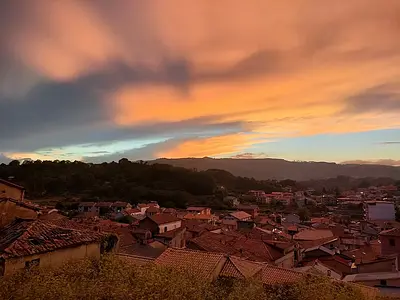
6 di 7
The Road of the Calabrian Greenhouses - Cardinal
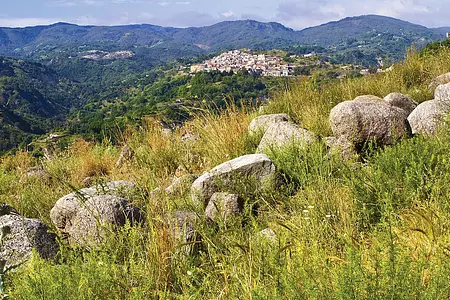
7 di 7
The Road of the Calabrian Greenhouses - Satriano
Where


